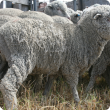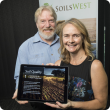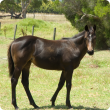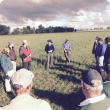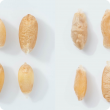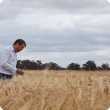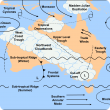Filter by regions:
- (-) Remove Wheatbelt filter Wheatbelt
- Great Southern (250) Apply Great Southern filter
- South West (235) Apply South West filter
- Mid West (234) Apply Mid West filter
- Goldfields-Esperance (221) Apply Goldfields-Esperance filter
- Peel (208) Apply Peel filter
- Perth regions (183) Apply Perth regions filter
- Gascoyne (152) Apply Gascoyne filter
- Pilbara (136) Apply Pilbara filter
- Kimberley (130) Apply Kimberley filter

